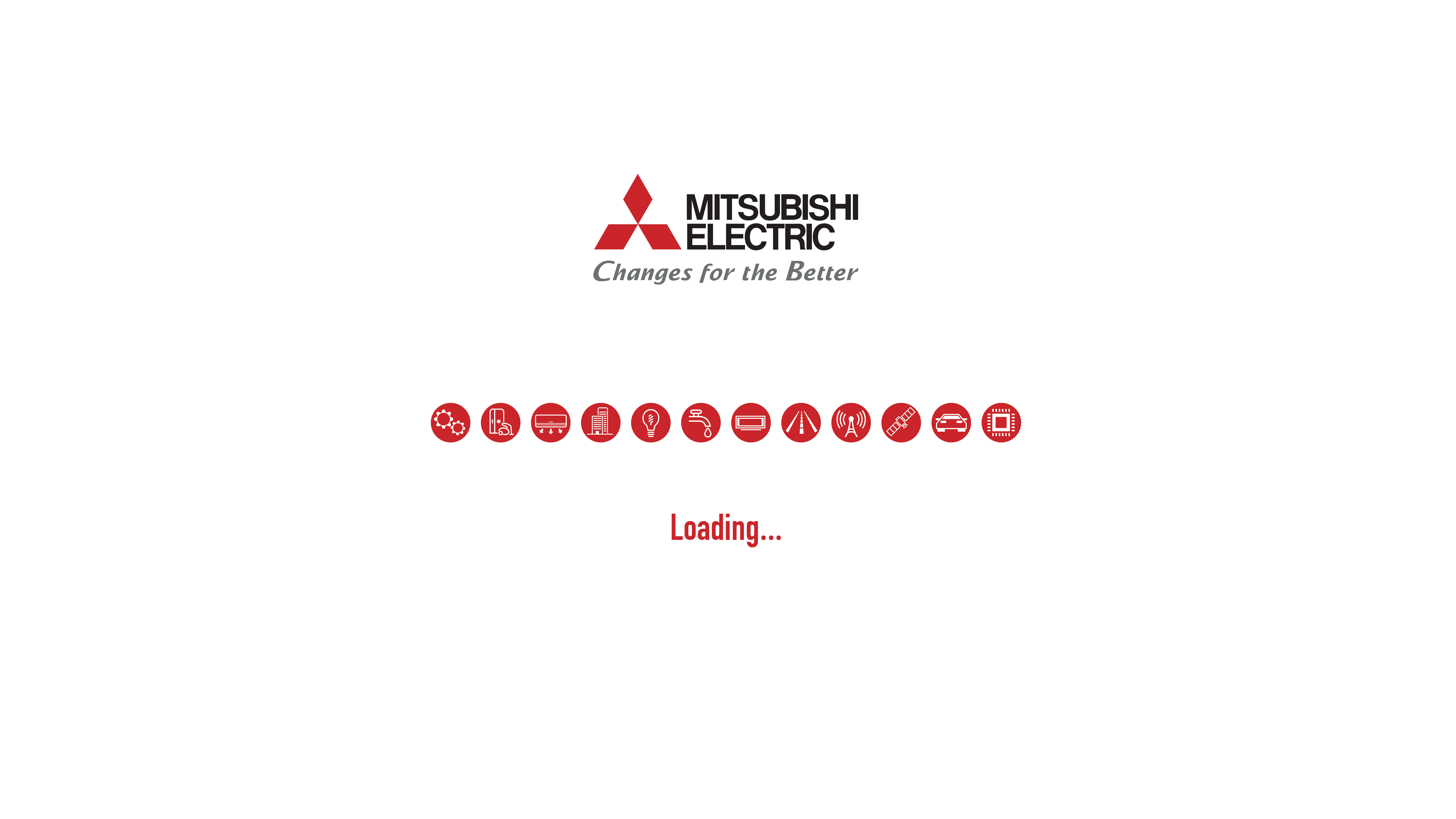5 Steps to Minimize Building Risks, ensure the R.O.I plan
Introduction
A new building is an investment in the future. It is an investment made with a purpose, from supporting employee productivity and keeping tenants happy, to help students learn or patients heal. The return on that investment depends heavily on how well the building achieves its purpose once the last construction worker has left the job site. Once occupants have filled the building, if anything goes wrong with its performance, that problem could jeopardize the building’s ability to deliver on its ultimate objective, placing the return on investment at risk. For the building owner, common sense says that the focus should be on avoiding risks when a new building is originally designed.
Some risks are obvious — power outages that plunge a workplace into darkness or HVAC equipment failures that disrupt normal tenant activities. Other risks are more insidious, as when poor control over the temperature in space reduces productivity or when an elevator or escalator failure leaves tenants unhappy. This eBook reports on six steps to reduce risks in a building.

1. Make the right HVAC choice to avoid problems with occupant comfort

No building system has a bigger impact on occupants than HVAC. Industry studies(1) consistently put issues with space being too hot or too cold at the top of the list of occupant complaints. Researchers have found that temperature problems can have a significant impact on office worker productivity. For example, one study found that an eight-degree temperature swing led to a 74 percent increase in mistakes and a 46 percent decrease in output(2).Another study found that mistakes nearly doubled when temperatures increased ten degrees(3).
The message for building owners is clear. Investing in the right HVAC system should be a top priority.
The first step is to choose the proper HVAC system. Energy efficiency is key. As employee density rises within commercial office space, the HVAC system should be able to scale to handle the increased load requirements. Even more important is that it keeps occupants comfortable.
To do that, it needs to deliver the right amount of warm or cool air to meet the varying load demands throughout different parts of the building. A variable refrigerant flow (VRF) system is an ideal choice to meet energy and comfort goals. A VRF system circulates refrigerant rather than air, saving money while providing the ability to fine-tune the comfort zoning in the building. The systems are flexible, modular, compact and quiet. Once the HVAC system is installed, the most cost-effective way to ensure good performance is with regular preventive maintenance. A consistent maintenance program reduces energy costs, improves occupant comfort and extends equipment life, all while avoiding HVAC equipment failure that can leave occupants sweltering or shivering until the problem is fixed.
- https://www.ifma.org/docs/default-source/surveys/hvacsurvey2009.pdf?sfvrsn=2&sfvrsn=2
- https://www.facilitiesnet.com/hvac/article/Outlook--2354
- https://www.scientificamerican.com/article/warm-weather-makes-it-hard-think-straight/
2. Reduce risks from power outages with a UPS system
In an increasingly competitive global business environment, continuous operation has become a priority. Weather-related power outages are on the rise, with costs totaling $18 billion to $33 billion per year(4). On average, one third of data centers have an outage or severe service degradation every year(5). For 98 percent of businesses, just one hour of network downtime can cost $100,000 or more(6). With these risks, it pays to take steps to ensure power reliability. One key risk-reducing technology is the uninterruptible power supply (UPS) system.

These systems help protect data centers, manufacturing plants, hospitals and other organizations from the risk of a power outage. UPS systems supply power to enable organizations to continue operating through power outages, maintaining uptime until the backup generators kick in. When uptime is the goal, UPS reliability is critical. Look for UPS systems with a documented history of preventing downtime for their customers. It is also important to ensure that you get the service and support you need.
Energy efficiency is another key factor. Check the Energy Star website to find top rated UPS systems. Make sure the UPS you select can deliver efficiency without compromising reliability.
- https://www.energy.gov/sites/prod/files/2013/08/f2/Grid%20Resiliency%20Report_FINAL.pdf
- https://uptimeinstitute.com/uptime_assets/35f30b159b6ecd6ce38aa2bc71d5d34a4939438fe51ad5b7cbc323f4d6aaaf26-2019-data-center-industry-survey.pdf
3. Don’t let your elevators create a bad impression for your building
Elevators make an astounding 18 billion passenger trips each year in the United States(7). Whether it is workers hurrying to an important meeting in a high-rise building, or a patient going down to the operating room in a hospital, building occupants notice when elevators do not work properly. Twenty percent of facility managers report receiving complaints about elevators at least once a week, according to a survey by Building Operating Management magazine. An out-of-service elevator risks delays and frustrations. Even if an elevator is in operation, occupants notice uncomfortable rides — doors that do not function smoothly and other elevator problems. On the other side, an elevator that delivers a smooth, comfortable ride conveys a message the building is well maintained.

Up-to-date technology can help an elevator deliver the kind of performance that improves tenant experience. Advanced noise-reduction technology can minimize noise from the braking system. Inverters help improve door operation — ordinarily a common source of elevator problems and complaints — so they operate smoothly, quietly and dependably. Along with the latest technology, look for elevators that meet exacting quality standards and have a track record of reliability. It is well worth it to spend a little more upfront to get quality that lasts
With all the miles that elevators travel, it is no surprise that proper maintenance is essential to performance. Using a preventive maintenance approach, a service provider will perform maintenance on a regular basis — for example, after a specified period has passed or after a given amount of use has been recorded. Preventive maintenance is a good investment — as is replacing parts before they fail — to ensure that the elevator remains in service. Select a trusted maintenance provider, with trained technicians and a detailed preventive maintenance program.
- http://www.neii.org/pdf/Elevator%20and%20Escalator%20Safety%20Infographic%20Going%20Up. Pdf
4. Avoid escalator downtime with a preventive approach
Standing out prominently in the middle of a busy public space, an escalator makes a statement about the building it serves. However, an escalator is more than an appealing way to move people from one floor to the next. From November to December, the 35 000 escalators operating in the United States are workhorses, transporting up to 3,000 people per hour in busy malls, airports, offices and other buildings(8). Whether it is a shopper with an armload of packages or an airline passenger hurrying to a flight, no one wants to find an escalator out of service. That is also true for people who cannot physically take the stairs. An escalator that is not working can damage the brand and have a bottom-line financial impact if a dissatisfied tenant decides to leave or if an unhappy customer chooses to shop elsewhere or to post a negative review.

Unfortunately, escalator downtime is all too common. The industry averages six to ten callbacks for escalators every year. The good news is that the risks associated with escalator problems can largely be avoided. The key is to invest in a solid preventive-maintenance program, including replacing parts before they wear out.
Preventive maintenance is both common sense and cost-effective. The alternative is to wait until a part fails and the escalator is taken out of service. Preventive maintenance typically costs three to nine times less than the reactive approach of fixing problems after they occur. Preventive maintenance is most effective when the escalator is built for longevity, with industry-leading manufacturing standards and the highest quality components. Escalators designed for longevity can last for 30-40 years, much longer than the average escalator, and are well worth the investment.
Escalator problems can, in the worst cases, lead to accidents — potentially bringing bad publicity and lawsuits. However, accidents can happen even if the escalator does not malfunction. That is why it is important to make sure your escalators have the latest passenger safety features. Those features help ensure that passengers have the best experience possible.
5. Use variable frequency drives (VFDs) to address two risks at the same time
Every building owner wants to save energy and money. However, no building owner wants to risk making occupants uncomfortable. Real estate industry giant JLL estimates that tenant utilities cost approximately $3 per square foot per year, rent totals roughly $30 and staff payroll comes in at about $300. For example, where a 10% increase in energy efficiency would yield $0.3 savings per square foot and a 10% decrease in rent would save $3, a 10% gain in productivity is worth $30 (9).

JLL’s 3-30-300 rule suggests that it’s penny-wise and pound-foolish to try to reduce energy costs if those energy-saving measures hamper productivity, since utility costs amount to only about 1 percent of payroll expenses. Nevertheless, energy efficiency offers a real opportunity for significant savings. That is why variable-frequency drives (VFDs) are such a valuable option for building system motors, including those in rooftop air handlers, boilers and chillers, and blowers and fans. VFDs save energy by reducing the speed of the motor. In technical terms, energy use decreases by a cube function in relation to the reduction in motor speed. In other words, when motors run at half speed, they consume only one-eighth of their power.
By matching energy use to demand, VFDs can help trim energy costs without making occupants uncomfortable or causing inefficiency in operations. Today, electric motor systems account for an estimated 65 percent of industrial electricity use (10).
VFDs offer a second big advantage: They can extend the life of electric motors. Premature replacement of an electric motor is a major expense — as is the cost of the downtime that comes with unexpected failure. VFDs can help address that risk as well as the risk of making occupants uncomfortable. VFDs can extend motor life by reducing the motor inrush current, as well as heat and stress on motor windings.
- https://www.us.jll.com/en/trends-and-insights/workplace/a-surprising-way-to-cut-real-estate-costs
- https://www.energy.gov/sites/prod/files/2014/04/f15/amo_motors_sourcebook_web.pdf
Conclusion
Designing and constructing a new building is a complex process, often with potential problems that can put a project behind schedule and over budget. Having a trusted advisor and technology partner can help a building owner avoid risks — especially when that partner can provide a broad lineup of critical building systems. Mitsubishi Electric offers building owners a wide array of industry-leading products, along with support and service that owners can depend on to keep equipment running in top shape. Mitsubishi Electric works closely with building owners to meet their needs across multiple building systems, delivering the right level of comfort, energy efficiency and reliability throughout the physical infrastructure for maximum building performance and the optimal occupant experience.
Teamwork with Mitsubishi Electric does not stop once construction is complete. A strong preventive maintenance program by factory-trained/certified personnel is vital to ensuring that the completed building operates seamlessly. Mitsubishi Electric offers an industry-leading service and support network including ongoing maintenance programs, technical services and training to keep its products working at peak efficiency long after they have been installed.
Here is how Mitsubishi Electric can help building owners reduce risk in six critical areas: HVAC, Uninterruptible Power Supply (UPS systems), elevators, escalators, variable frequency drives (VFD).
1.HVAC
Mitsubishi Electric VRF City Multi systems offer a huge capabilities range, including a two-pipe system that provides simultaneous heating and cooling with heat recovery. Preventive maintenance programs minimize operational issues by keeping systems optimized and replacing parts before they wear out. The result is happier tenants and customers and employees that are more productive.
2. UPS systems
Mitsubishi Electric’s installed base of 9950A Series systems have sustained load-carrying capability during more than 99 percent of their actual operational history; competitors only estimate their reliability. Using insulated-gate bipolar transistor (IGBT) power device control, high sampling rates, and direct digital control (DDC), Mitsubishi Electric UPS systems are able to provide superior performance under severe load conditions. Mitsubishi Electric’s SUMMIT Series® UPS holds the number-one rating on the Energy Star® website in the AC-Double Conversion (VFI) product category
3. Elevators
Look for an elevator manufacturer who provides both advanced technology and high-quality service. Mitsubishi Electric elevators have advanced noise-reduction technology and VVVF (variable voltage, variable frequency) inverters to improve elevator and door operation. Mitsubishi Electric elevators average less than one callback per elevator per year — the industry average is around three to ten times higher. Combine that with Mitsubishi Electric’s proven service and support network, and you have a valued partner for the life of the building
4. Escalators
Preventive maintenance is most effective when the escalator is built for longevity. Mitsubishi Electric escalators are designed to last for 30-40 years — far longer than the industry average. The callback ratio for Mitsubishi Electric escalators is less than one per year. There are other advantages for building owners who rely on Mitsubishi Electric. For example, the motors are 20 percent more efficient than competing products, an important factor for buildings that want to achieve LEED green building certification.
5. Variable frequency drives (VFD)
Mitsubishi Electric VFDs are leaders in efficiency because they are powered by seventh-generation insulatedgate bipolar transistor (IGBT) technology. VFDs are one more example of the wide range of building systems offered by Mitsubishi Electric, and another reason to turn to Mitsubishi Electric as a trusted partner early in the planning stage for new buildings.
*Mitsubishi Electric – The pioneer in green building solutions.
* All products' information is based on the USA market.






